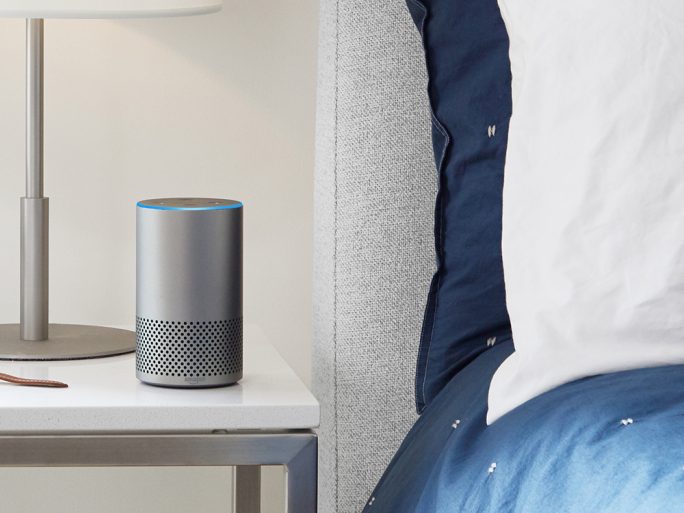Microsoft Puts Amazon’s Alexa On Windows 10 Lock Screen

Feature arrives in a test Windows 10 build aimed for final release later this year, along with enterprise and security updates
Amazon’s Alexa may have access to Windows 10’s lock screen in Microsoft’s next major update to the operating system, later this year, the company has said.
In an update to the 19H2 test build released this week, Microsoft, said it was introducing the feature along with updates for security and enterprise tools.
The change applies to any third-party digital assistant, such as Apple’s Siri or Google Assistant, but as yet only Amazon has released an application for its assistant on Windows 10.
At the moment, Microsoft’s Cortana can be set up to listen for voice commands while a device is locked, and carry out instructions without unlocking the screen.
 Feature preview
Feature preview
However, in its May 2019 update Microsoft decoupled Cortana from Windows’ search function, and now appears to be opening the door to giving third-party voice tools more access to Windows functions.
Windows 10 runs on desktops, but also tablets including those from Microsoft’s own Surface line and systems from the likes of Acer, Lenovo and Samsung.
For its part, Alexa is best known for running on stand-alone smart speakers such as Amazon’s Echo line, but has also been built into other devices, including in-car systems and a Roomba robot.
The most recent 19H2 update also includes fixes to allow hosts and containers with different versions, giving users more flexibility, and introduces a key-rolling or key-rotation feature for secure rolling of recovery passwords on MDM-managed Azure Active Directory devices.
The test build is expected to reach general release in September or October of this year.
In a recent preview build set for release in the first half of 2020, Microsoft has included a function that allows users to do away with passwords in favour of Windows’ face recognition or fingerprint features, or a PIN.
The feature prompts users to use the new methods instead of a password when they sign into online services.